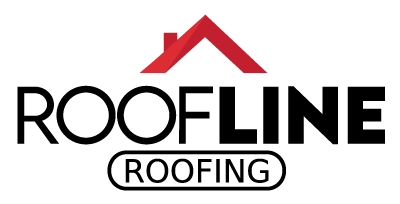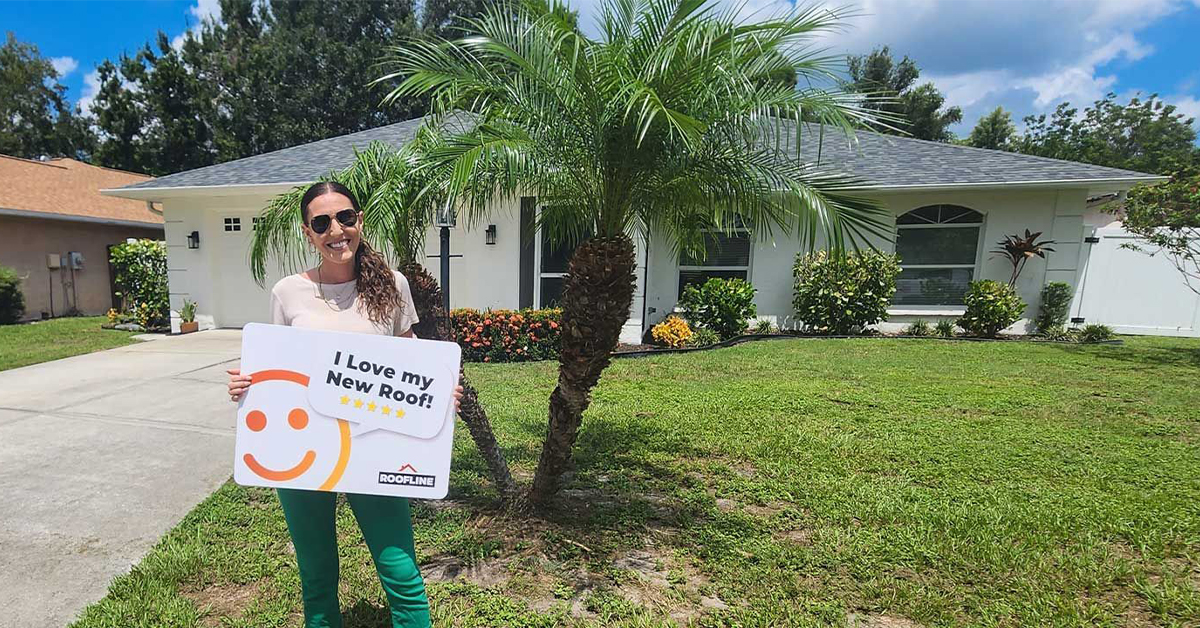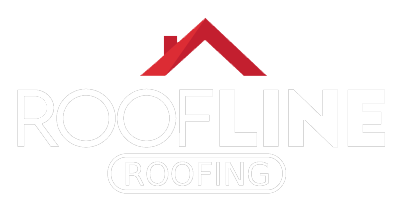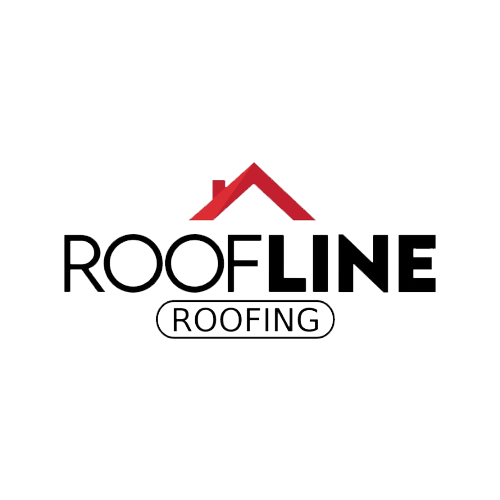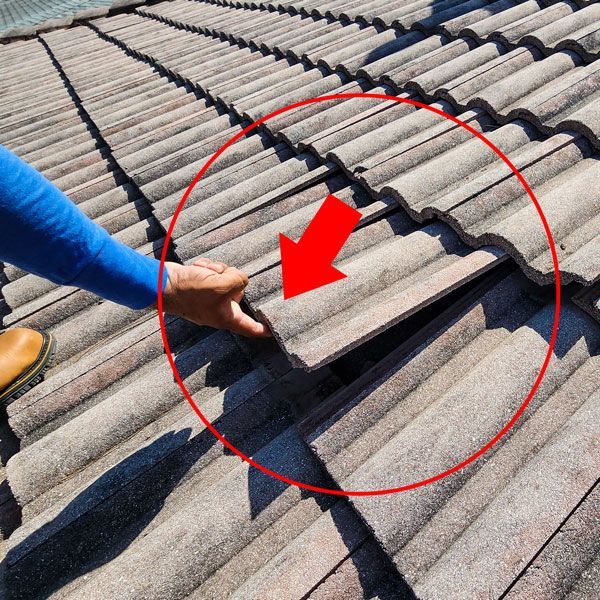
In the heat of South Florida, the right roof insulation is as crucial as the roof itself. For residents and property managers in Osprey and surrounding areas, understanding insulation options can transform energy bills and indoor comfort levels. With each type—from fiberglass to mineral wool—offering unique benefits, the decision you make will directly impact your property’s efficiency and comfort.
Whether you’re focused on keeping costs down during the endless sunny days or safeguarding against humidity, the range of insulation solutions available ensures there’s a fit for every need. Delve into this guide to learn about the options, techniques, and benefits of various roof insulation methods tailored for the climate and lifestyle of South Florida.
Insulation Types: Popular Options and Their Benefits
Roof insulation is a crucial part of maintaining both comfort and energy efficiency in properties across Osprey. With the right insulation, property owners can keep the heat out during the sweltering summer months and retain warmth when Florida’s rare cool breezes roll in. But choosing the right insulation involves understanding the options available and their benefits. Let’s explore the most popular roof insulation types you might consider for your Osprey property.
Fiberglass Batts and Rolls
Fiberglass is one of the most common insulation materials used throughout the United States, known for its affordability and utility. Usually made from fine glass fibers, fiberglass batts and rolls can be easily installed between roof joists and wall studs. According to the U.S. Department of Energy, fiberglass insulation is highly effective at reducing heating and cooling costs, thanks to its thermal resistance or R-value. This material also reduces noise, which can be beneficial in areas with high traffic or near airports.
Easy installation makes fiberglass a preferred choice for many do-it-yourself homeowners. However, it’s necessary to handle the material carefully. Fiberglass can irritate the skin and lungs, so wearing protective clothing and masks during installation is vital.
Spray Foam Insulation
For those looking to seal every nook and cranny in a roof, spray foam insulation could be an attractive option. This type includes open-cell and closed-cell varieties, each with unique benefits. Open-cell foam is less dense and provides good sound-dampening qualities, while closed-cell foam offers a higher R-value, making it more effective for temperature control.
Spray foam’s true value lies in its ability to expand and fill gaps, creating an airtight seal. This can be particularly advantageous for Osprey homes prone to high humidity, as it minimizes air exchange that can bring moisture inside. Studies by the Spray Polyurethane Foam Alliance suggest that utilizing foam insulation could lead to a savings of up to 20% on utility bills, as it enhances a building’s energy efficiency.
Reflective or Radiant Barrier Insulation
In places like Osprey, where the sun often beams down with intense heat, reflective or radiant barrier insulation is very practical. This type does not rely on high R-value but instead functions by reflecting heat away from the property. It’s typically installed in attics under the roof rafters and is especially effective when the top concern is reducing cooling costs.
NASA and several scientific studies have confirmed that radiant barriers can significantly reduce cooling needs by up to 10%. This can lighten the load on air conditioning systems, extending their lifespan and reducing energy expenses.
Rigid Foam Boards
Rigid foam boards are another excellent option, particularly for flat roofs or unfinished attics. These boards are crafted from materials like polystyrene and polyisocyanurate, delivering a high R-value per inch. They are lightweight yet sturdy and can be used to insulate not only roofs but also walls and foundations.
One of the practical perks of rigid foam boards is their moisture resistance, which helps prevent mold growth—a definite advantage in Osprey’s humid climate. They also provide soundproofing benefits, making them suitable for properties located in busier areas.
Mineral Wool Insulation
Last but not least, mineral wool insulation represents an eco-conscious choice. Made from natural or recycled waste materials, mineral wool, which includes rock wool and slag wool, provides robust thermal insulation and noteworthy fire resistance. Mineral wool can withstand temperatures up to 1,800 degrees Fahrenheit, offering peace of mind and safety.
Moreover, according to the North American Insulation Manufacturers Association, mineral wool does not only provide superior soundproofing but also helps in controlling noise pollution, which can add enormous value to both residential and commercial properties.
In summary, choosing the right type of roof insulation in Osprey involves understanding your property’s specific needs—such as moisture control, energy efficiency, and soundproofing. While each insulation type presents distinct advantages, the best choice brings tangible improvements to your property’s comfort and overall performance. Whether prioritizing cost-effectiveness, enhancing energy savings, or aiming for eco-friendliness, Osprey homeowners and property managers must assess each option against their unique circumstances and goals.
Installation Techniques: Attic vs. Roofing Systems
When considering roof insulation installation in Bradenton, distinguishing between attic and roofing system techniques offers insight into both methodology and application. Each installation type targets specific needs and comes with its advantages shaped by the local climate and building structures.
Attic Insulation: Approaching it from Above
Attic insulation primarily focuses on the space above a building’s ceiling under the roof deck. This technique generally uses materials like fiberglass batts, cellulose, or blown-in insulation. In Bradenton’s variable climate—hot and sticky summers paired with relatively milder winters—attic insulation excels at modulating indoor temperatures and minimizing energy usage.
One practical method involves laying fiberglass batts across the attic floor. This approach is straightforward and cost-effective, making it a favorite among do-it-yourself homeowners. However, to ensure optimum performance, it’s crucial that the batts have no gaps or compressed areas. According to the Building Science Corporation, improperly installed batts can decrease thermal resistance by up to 50%. Thus, achieving a snug fit around joists, ducts, and any attic obstructions remains critical.
For those seeking enhanced energy efficiency, loose-fill or blown-in insulation stands out due to its ability to cover every corner effectively. This method employs specialized equipment to distribute materials like cellulose or fiberglass. As noted in Energy Star’s guidelines, blowing insulation achieves a consistent coverage that dramatically limits thermal bridging, where heat transfers through framing and other components, weakening overall insulation integrity.
Roofing System Insulation: Integrating within the Envelope
Roofing system insulation integrates insulation into the roof’s structure itself, particularly in properties where attic space is limited or non-existent. This method typically suits commercial buildings with flat roofs, though residential applications exist, particularly in contemporary home designs where exposed beams substitute traditional attics.
One prevalent technique involves rigid foam boards placed directly under roofing materials. These boards offer considerable R-value and moisture resistance, suiting the humid weather in Bradenton. The tight seal created by rigid foam not only optimizes thermal performance but also defends against Florida’s notorious rainstorms by resisting water penetration, reducing decay and extending the roof’s life.
Alternatively, roof systems can incorporate spray foam insulation directly onto the underside of roof decks. This open- or closed-cell foam forms a continuous barrier that can surpass 20% in energy savings, as substantiated by studies from the Spray Polyurethane Foam Alliance. The foam’s adaptability seals gaps and can be vital for roofing systems with complex structures or penetrations from skylights or roof vents.
An additional advantage to roofing system insulation is its capacity to serve performance-intensive properties. For instance, radiant barriers reflect significant heat instead of absorbing it, especially beneficial on metal and low-slope commercial roofs frequently found in Bradenton. When combined with high-albedo roofing materials known as “cool roofs,” these systems reduce indoor temperatures and mitigate the urban heat island effect—a phenomenon that raises temperatures in densely built-up areas.
Installation Process Considerations
The choice between attic and roofing system insulation involves evaluating both building design and intended outcomes. Attic insulation is often less intrusive and allows easier access for upgrades. On the contrary, integrating insulation within the roofing system may necessitate a more coordinated approach during construction or substantial remodeling.
A fundamental consideration remains ensuring air tightness across any given method. The U.S. Department of Energy emphasizes the importance of sealing air leaks before installing insulation, asserting that otherwise, performance may diminish significantly. Furthermore, recognizing the local flora and fauna is integral, as improperly sealed attic insulation may invite pests, whilst the right choice of roofing insulation deters them with its inherent tight sealing properties.
Incorporating professional assessments guides the blending of methods and alignment with building codes and energy standards. Properly installed roof insulation in Bradenton not only delivers immediate comfort and savings but also stands as a keystone for long-term structural health and performance across residential and commercial properties alike.
Efficiency Gains: Calculating Long-Term Benefits
Calculating long-term benefits of roof insulation begins with understanding its immediate impact on energy savings. Residents in Sarasota can significantly reduce energy bills while enhancing indoor comfort through proper insulation. A primary metric for measuring efficiency gains is the insulation’s R-value, which indicates its resistance to heat flow. Higher R-values equate to more effective insulation, directly impacting the building’s energy consumption.
Roof insulation savings in Sarasota can be quantified by analyzing utility bills pre- and post-insulation installation. According to the U.S. Green Building Council, properties with sufficient insulation report average energy cost reductions of up to 15% annually. These savings are primarily achieved through decreased reliance on heating and cooling systems. The energy efficiency improvement translates to a smaller carbon footprint, an increasingly important consideration amidst growing environmental awareness.
Investing in insulation also guards against fluctuating energy prices. By maintaining consistent indoor temperatures, properties become less vulnerable to external weather extremes—whether Sarasota’s sweltering heat or its cooler spells. This stabilization prevents the need for excessive air conditioning or heating, which can spike with rising energy costs, ensuring that investments in insulation generate returns over many years.
The type of insulation plays a pivotal role in realizing the maximum efficiency gains. Spray foam’s airtight coverage, for instance, minimizes air leakage, one of the leading causes of energy loss in buildings. By effectively sealing gaps, spray foam boosts overall insulation performance, which can amplify long-term savings. Complementing this with reflective barriers, especially in areas exposed to direct sunlight, doubles the resistance against heat seepage.
Moreover, evaluating savings from insulation should also consider ancillary benefits like maintenance cost reductions and increased property value. Properties equipped with high-quality insulation demonstrate prolonged lifespan of HVAC systems as they operate under less strain, subsequently lowering repair and replacement expenses. This longevity should be factored into any calculation of financial advantage.
Property value enhancements also constitute an essential element of long-term gain calculations. Homes and commercial spaces with comprehensive insulation often attract higher market valuations. Prospective buyers are keen on energy-efficient buildings that promise lower utility bills and maintenance requirements. In Sarasota’s competitive real estate market, this feature distinguishes properties and can lead to premium selling prices or rental rates.
Lastly, leveraging available incentives can further increase the return on investment for roof insulation. Federal and state programs often provide rebates or tax credits aimed at encouraging homeowners and property managers to opt for energy-efficient upgrades. Engaging with these programs effectively lowers upfront installation costs, maximizing the payoff from efficiency measures over time.
You might be asking
How does roof insulation contribute to home energy efficiency?
Roof insulation acts as a barrier that reduces the amount of heat that escapes during the winter and enters during the summer. This helps maintain a consistent indoor temperature, reducing the need for excessive heating or cooling and thus enhancing overall energy efficiency.
What are the different types of roof insulation?
The most common types of roof insulation include fiberglass batt, spray foam, cellulose, rigid foam board, and reflective or radiant barriers. Each type offers different benefits, with some providing superior air barrier properties and others being more affordable yet effective in reducing heat transfer.
Can additional insulation lead to significant energy bill reductions?
Yes, installing additional insulation can lead to significant energy bill reductions. By improving thermal resistance, less energy is required to heat or cool the home, which can substantially lower energy consumption and therefore reduce utility costs over time.
Next Steps
Understanding your property’s unique insulation needs is critical in maximizing comfort, energy savings, and long-term value. Choosing the appropriate insulation type, whether it’s fiberglass, spray foam, or radiant barriers, ensures that each Osprey property is better equipped to handle both the heat and humidity characteristic of Florida’s climate. Moreover, properly installed insulation reduces utility costs and promotes a sustainable living environment by diminishing the overall energy footprint.
Taking the next step towards improved insulation involves evaluating your options against your specific circumstances and goals. Consider arranging for a professional assessment to determine the most suitable insulation strategy for your property. Roofline Roofing offers a free consultation service where experts provide tailored advice and help you understand potential savings and benefits. Reach out to Roofline Roofing to begin enhancing your property’s performance and achieve your energy efficiency objectives.
Contact Us
Use the form below to contact us or to schedule a free consultation.
I would highly recommend Roofline Roofing for any roofing needs. As a fellow business owner, their professionalism and efficiency stood out. They provided quality service, completed the job on time, and their pricing was fair. Very satisfied with their work!
-- Logan L.
